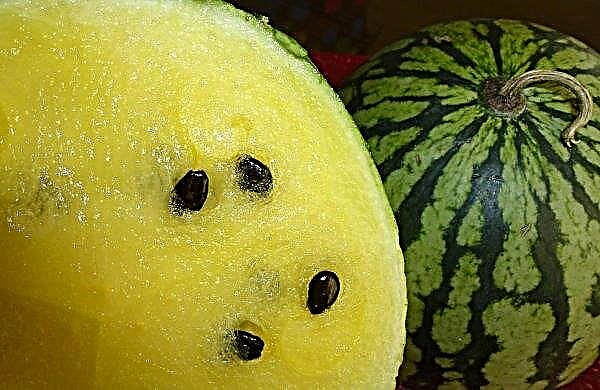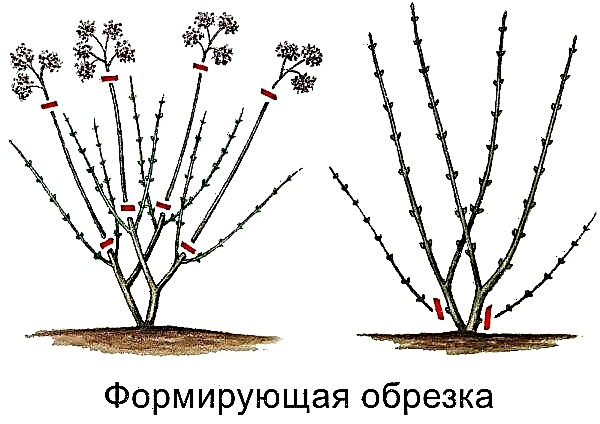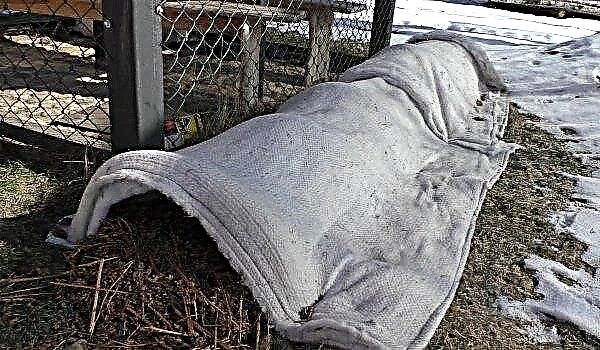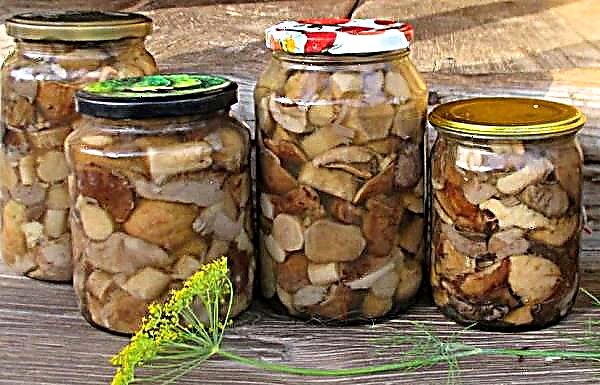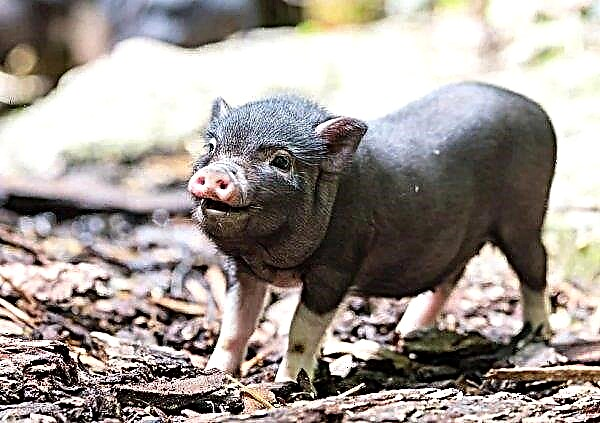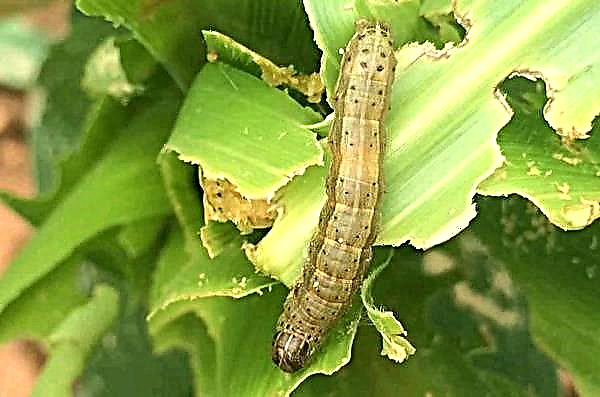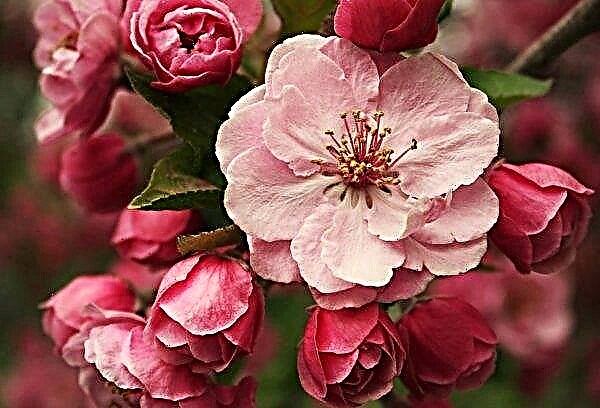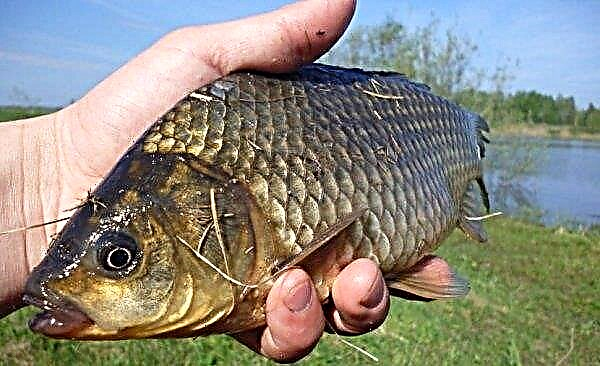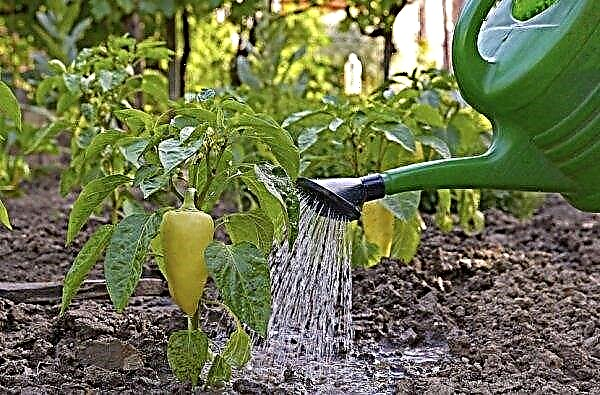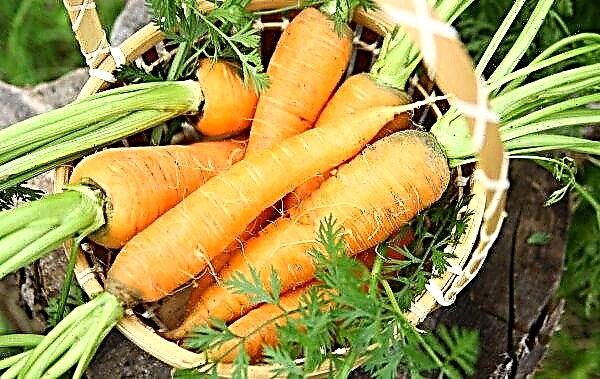Potato blooms in the second month after planting, but sometimes gardeners are faced with the problem of the absence of peduncles in the bushes. Consider what this may be related to, whether the harvest from such bushes will be in the same year, how to avoid the problem or solve it.
Main reasons
There are several reasons for the lack of flowering on the bushes, sometimes they are quite natural and do not negatively affect the development of the ground part of the plant and tubers, and sometimes they require a corresponding reaction from the gardener. Therefore, we consider why potatoes often do not bloom, and whether the lack of flowering can affect yield.
Important! A complete absence of flowering is characteristic only for early and mid-early varieties, among the most common, Mariella, Rocco, Timo.
Grade Features
Every year, new potato varieties come on sale, which are bred through long-term selection using modern methods aimed at improving the taste, size and resistance to common diseases and pests. Breeders do not pay much attention to the flowering process, since it does not have any effect on the yield of the bush.
Very often, breeders specifically eliminate varieties of flowering ability, since this process depletes the plant, drawing out most of the nutrients that could be used to feed the tubers. Thus, almost half of all existing varieties cannot bloom or this process is very rare.
There are also varieties that bloom very quickly, in 1 week a bud can form, bloom and fall, so summer residents visiting the garden a couple of times a week may not even notice that the potato bloomed. Such varieties include Spring and Ural early.
Pests and diseases
Often the flowering process is affected by the damage of the bushes to diseases or pests. In the first case, a delay in the development of the bush is possible and flowering can occur much later than usual. Affected plants usually have a weak growth force, small nondescript leaves, characterized by poor ovary or lack thereof.
Important! It is very difficult to deal with the nematode, usually resorting to the use of strong poison, which destroys all the vegetation on the site, so it is better to plant varieties resistant to the nematode — Agria, Alvar, Diamond, Vital, Crystal, Laton, Prior, Picasso.
Some pests can completely eat flowers, for example, ground beetles or epilahuns are very fond of eating young buds and leaves of the plant that have not yet blossomed, leaving behind bare stems. Considered pests are carriers of serious viral diseases that stop the growth of tubers. Also, the appearance of potato nematodes in the soil is a possible reason for the lack of flowering bushes with simultaneous yellowing of tops.
Violation of the conditions of planting and growing
If a potato variety should bloom, but flowering is absent for a long time, the conditions for planting and growing tubers were most likely violated. Usually, such bushes spend all their energy on forming potatoes and preserving the crop, sacrificing flowering.
The main reasons for the lack of buds include:
- planting a weak or diseased planting material;
- drought
- regular waterlogging of the soil with heavy rainfall;
- lack of nutrients in the soil;
- oversaturation of soil with nitrogenous top dressing.
Did you know? Potato is the first vegetable to be grown outside the planet Earth, this happened in 1995.
Inadequate care and nutrition
The reaction of potatoes to a lack of fertilizing or poor care is often manifested by the absence of flowering, but this behavior of the bush only signals that it is necessary to pay attention to the peculiarities of caring for the plant. In addition to fertilizing, plants need additional care, which allows them to develop normally. Lack of moisture during the planned period of budding, the appearance of a large number of weed vegetation near potato bushes can adversely affect the process of plant development.
In addition to fertilizing, plants need additional care, which allows them to develop normally. Lack of moisture during the planned period of budding, the appearance of a large number of weed vegetation near potato bushes can adversely affect the process of plant development.
What to do and how to avoid
Depending on the cause of the lack of flowering, the steps that must be taken to eliminate it will differ.
Did you know? For the first time, Peruvian Indians living in the Andes began to cultivate potatoes more than 4 thousand years ago.
If the lack of flowering is caused by:
- grade features - no special measures need to be taken, this is a natural phenomenon that will not affect the quality and quantity of the crop;
- pest infestation - the tops are processed by Fitoverm, if the number of pests on the plant is very large, it is necessary to use a more potent drug, for example, Tanrek. These drugs completely destroy all pests that may be the reason for the lack of buds on the plant;
- infection of bushes with diseases - after the disease is recognized, they start treatment, for each disease there are its own drugs. To decide on the most effective tool, it is better to contact a specialized store for advice;
- planting weak tubers - such planting material requires additional attention and increased feed rates. A prerequisite for the normal growth of plants is the regular application of compost and ash in each well during planting, and then top dressing with all recommended fertilizers for potatoes, according to the instructions;
- lack of nutrients in the soil - potatoes need additional top dressing, especially those growing on soils poor in nutrients, so mineral and organic fertilizers (which are applied according to the soil characteristics of a particular growing region) should solve the problem;
- a surplus of nitrogen in the soil - when the plant is oversaturated with nitrogen, the bushes grow tall and powerful, but do not bloom. To solve the problem, it is recommended to cut the stems in half by fertilizing the plant under the root with ash (1 glass).

Preventive measures
In order to prevent the problem of lack of flowering potato bushes, it is recommended:
- plant healthy, large and viable tubers;
- make compost and ash in the hole when disembarking;
- water the plants during a drought;
- comply with fertilizer recommendations;
- when growing potatoes in regions characterized by the presence of heavy rains, to plant in high ridges;
- resort to mulching the soil around the bushes;
- regularly remove weeds from the beds and loosen the soil surface after each irrigation or rainfall;
- carry out preventive treatment against pests and diseases with appropriate drugs.
Thus, the potato may not bloom for a number of reasons, if the characteristics of the variety do not provide for poor flowering or lack thereof, then if budding is disturbed, timely intervention in the growing process by the gardener is required. To make it easier to deal with the problem, it is recommended that you read the information above.

